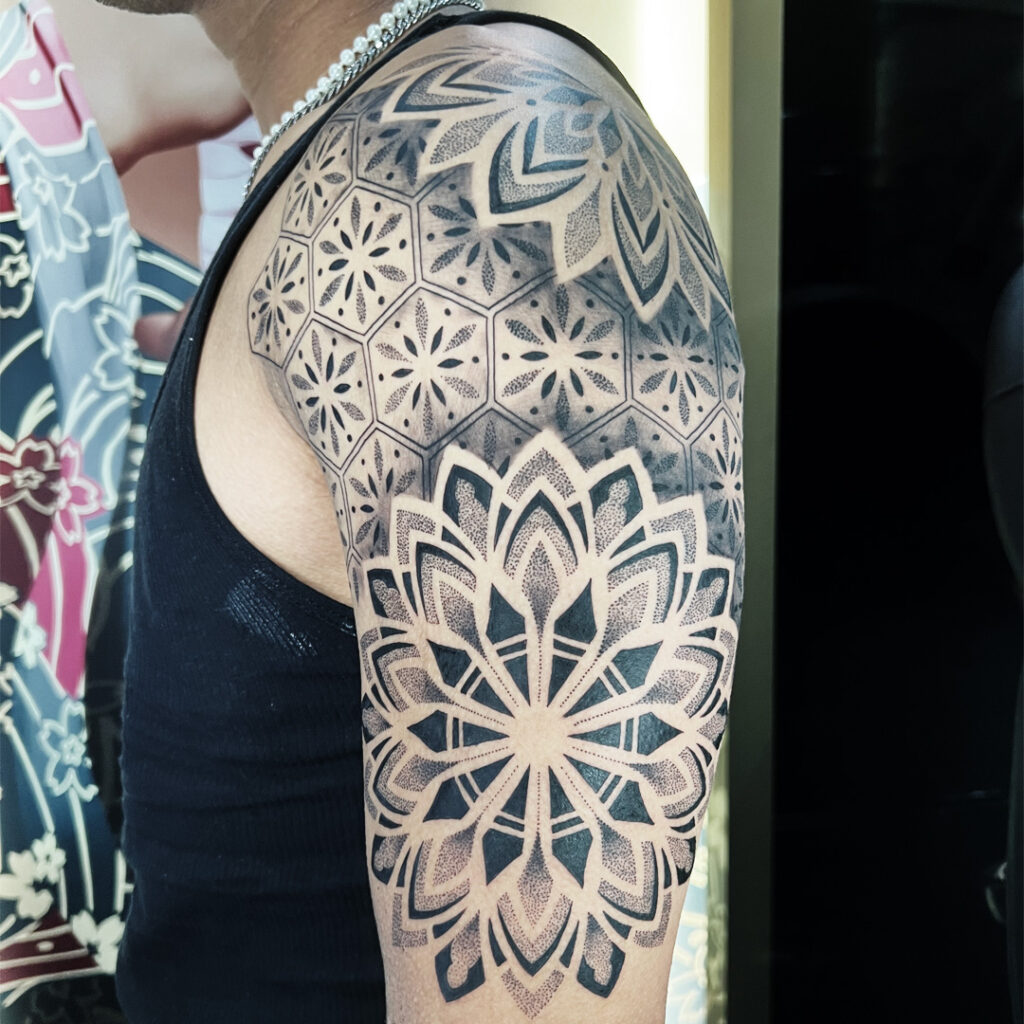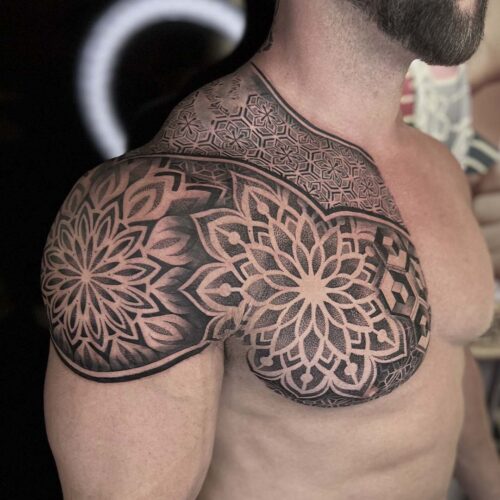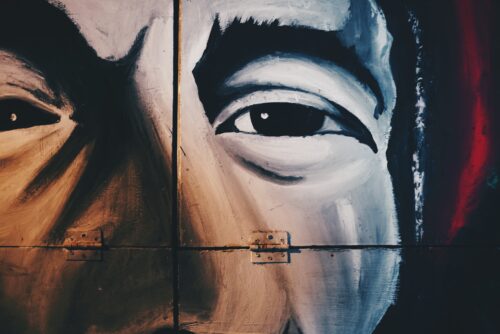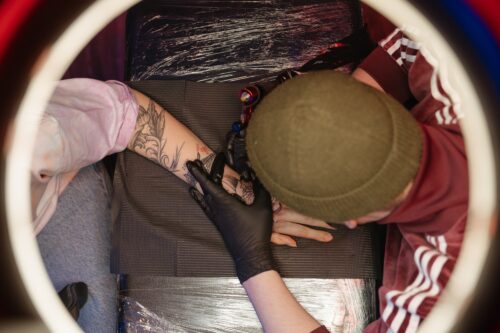The world of tattoos is colorful, intriguing, and multifaceted. Over time, the perception of tattoos has evolved dramatically, with many viewing them as a form of art and self-expression. However, there exists an age-old association between tattoos and deviance. This association is deeply rooted in cultural beliefs, societal norms, and individual perceptions. This article seeks to dissect the intertwined relationship between tattoos and deviance, spanning from ancient civilizations to the present day.
Historical Background of Tattoos
From Tribal Symbols to Markings of Rebellion
Historically, tattoos were a central component of many ancient cultures. The Maori tribes of New Zealand, for instance, used tattoos or “moko” to depict lineage and status. In ancient Egypt, tattoos were often seen on female mummies, indicating their association with fertility or even a form of medicine during pregnancy. However, as societies progressed, tattoos began to be linked with rebellion, especially in more conservative communities where any alteration of the body was seen as a defiance of traditional norms.
The Age of Sail and Maritime Tattoos
The maritime world has its unique relationship with tattoos. Sailors from different parts of the world adorned their bodies with tattoos, each having distinct meanings. An anchor, for instance, symbolized stability or a successful voyage, while a swallow indicated a sailor’s prowess and experience, having traveled long distances. These maritime tattoos became a language of their own, revealing tales of adventures, hopes, and dreams.
Tattoos in Prisons
The 20th century brought with it a new dimension to tattoos, particularly within the realm of prisons. Tattoos became synonymous with gang affiliations, with specific designs signifying rank, allegiance, and sometimes even the nature of crimes committed. This deep-rooted association of tattoos with criminality further entrenched the perception of tattoos being linked to deviant behavior.
Modern Interpretations of Tattoos
A Canvas of Art and Personal Narratives
The latter half of the 20th century and the onset of the 21st century saw a significant shift in how tattoos were perceived. Celebrities, sportspeople, and even intellectuals started embracing tattoos, leading to a broader acceptance in mainstream society. With the proliferation of tattoo artists in Canggu, Bali, showcasing diverse styles and designs, tattoos transformed from mere markings to intricate artworks, narrating personal stories and experiences.

The Shadows of Perception
Despite the widespread acceptance, the bias against tattoos remains, albeit among a shrinking demographic. Corporate environments, for example, often grapple with accepting visible tattoos, associating them with a lack of professionalism. This stigma, although diminishing, underscores the challenges that tattoo enthusiasts sometimes face, especially in more conservative sectors.
The Psychological Dimension
Tattoos: An Extension of One’s Self
Tattoos are, for many, a reflection of their inner self, beliefs, and milestones in life. Whether it’s a tribute to a loved one, an embodiment of a philosophical belief, or a cherished memory, tattoos serve as a permanent reminder, etched onto the skin.
Deciphering the Tattoos and Deviance Debate
The discourse surrounding tattoos and deviant behavior remains controversial. Some research suggests that individuals with tattoos might exhibit higher risk-taking behaviors. Conversely, other studies refute these claims, emphasizing that such correlations are often based on dated stereotypes and biases.
Tattoos and Deviance in Popular Culture
Icons and Tattoos: Redefining Norms
Many icons in the fields of music, cinema, sports, and even business, today, flaunt their tattoos with pride. Their influence plays a pivotal role in breaking long-held stereotypes, reiterating that a person’s character is not defined by their choice to have tattoos.
Entertainment Industry: A Paradigm Shift
The portrayal of tattooed characters in movies and television has seen a considerable evolution. No longer are they just the antagonists; they are portrayed as multi-dimensional characters, highlighting the fact that tattoos don’t typecast individuals.
Conclusion
Tattoos, in essence, are a reflection of society’s evolution. From tribal affiliations and maritime tales to personal narratives and art forms, tattoos have traversed a long journey. While their association with deviance is a historical construct, the contemporary world witnesses a more inclusive and accepting perspective. Tattoos, today, stand as a testament to individuality, art, and freedom of expression. As we look forward, it’s imperative to recognize tattoos for what they truly represent and break free from the shackles of outdated perceptions.



